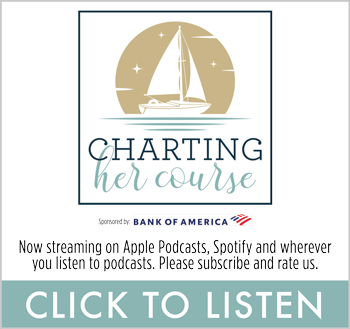Dubroff: Market signals ‘pay attention’ as we head into autumn
As someone who follows the markets carefully, I’ve been surprised at the relative calm over the past couple of weeks.
Markets are notoriously hard to predict, and forecasting how this period of relative stability ends is particularly difficult. Will there be a deal for Ukraine that puts Europe on a faster track and gives Russia a chance to revive its economy?
Will the U.S. job market stabilize or demonstrate further weakness? Will consumers show up for fall or will they cling to the cash remaining in their wallets?
These are big questions, and we’ll only get a peek at the answers on August 22 when Fed Chair Jerome Powell gives his annual remarks at Jackson Hole.

Here are a few of the things I’ll be paying attention to as we head into September and October, some of the more dangerous months for stock market investors.
Has anybody been watching the Nikkei 225 Index of large-cap stocks? It’s been hovering at around 44,000, within roughly 1,000 points or less than the Dow Jones Industrial Average. The last time the Nikkei was higher than the Dow was back in the early 1990s, before the Japanese real estate market collapsed and the Nikkei crashed.
The resurgence in Japan’s economy and the comeback of its stock market haven’t gotten a lot of attention. But it is one reason why international stock indexes have been outperforming the S&P 500 this year.
Speaking of the Dow, it too is having a bit of a moment as value-oriented companies like Home Depot report strong results. Even United Healthcare, a laggard this year due in part to investigations, has perked up thanks to Berkshire Hathaway’s large investment.
As to the S&P 500, my colleague Allan Sloan writes in Barron’s that the bloom is off some of the Magnificent Seven tech stocks. Two of them, Nvidia and Microsoft, continue to lead the pack. But Tesla, Google parent Alphabet and Apple have fallen back and been a drag on performance for the index.
Calling the demise of the Mag Seven era may be premature. But a lessened impact of just seven stocks on the S&P 500 may actually signal a healthier broadening out of the index as it stays close to a record high.
Among the great unknowns are tariff impacts. S&P’s credit rating gurus recently rated U.S. government debt as stable, suggesting that tariffs will meaningfully reduce the Federal budget deficit. If that’s the case, tariffs might just be here to stay.
Writing a few days before Fed Chair Jerome Powell’s speech at Jackson Hole, I’ll hazard a few guesses. First, he will be cautious. Second, he will hint broadly at future rate cuts — something he’s under tremendous pressure from Trump to do. Finally, he will tilt away from inflation and toward the job market as the top priority for the future direction of rates.
That means the next unemployment report on Sept. 5 will tell us a lot about the future of rates – and markets.
Any sign of softening will likely lead to a rate cut — but it’s possible that a shrinking labor force due to immigration crackdowns will muddle the data. The bottom line is that neither the Fed nor U.S. Treasury wants to see the economy slip into recession while so much is at stake.
As for myself, I have most of my assets in low-cost index funds with a recent tilt toward international. My retirement accounts include a portfolio of short-term bonds to provide a stable source of income and mandatory redemptions if the stock market tanks.
Henry Dubroff is the founder, owner and editor of the Pacific Coast Business Times. He can be reached at [email protected]








